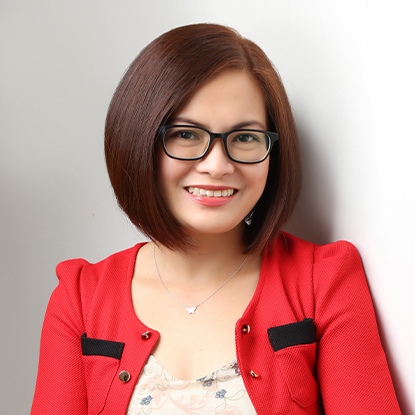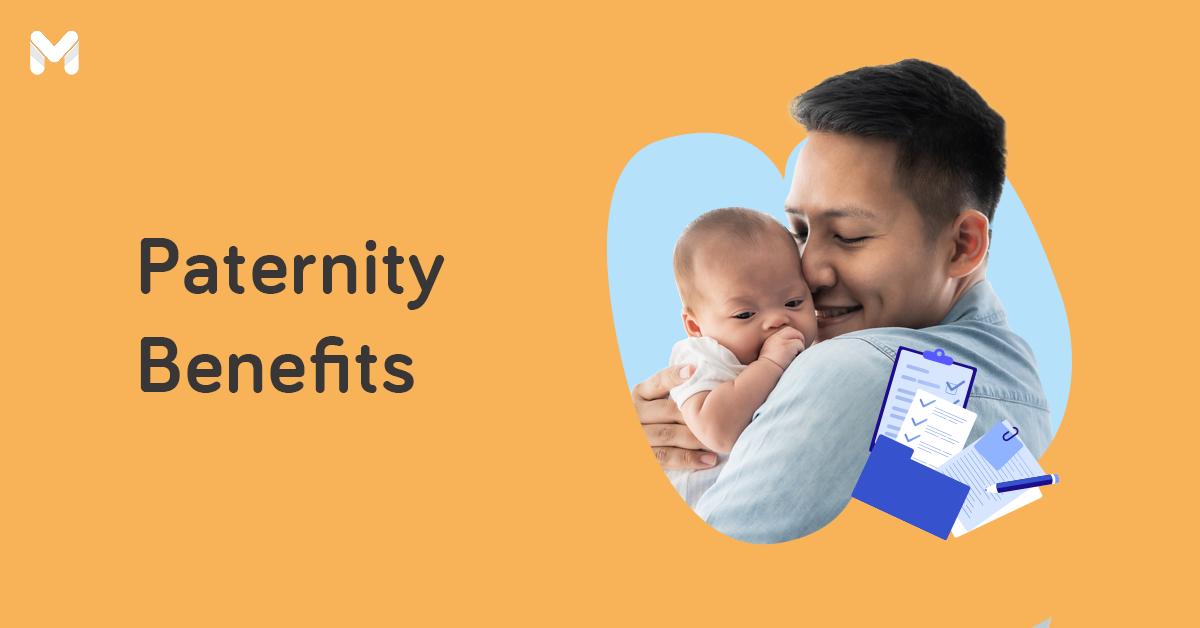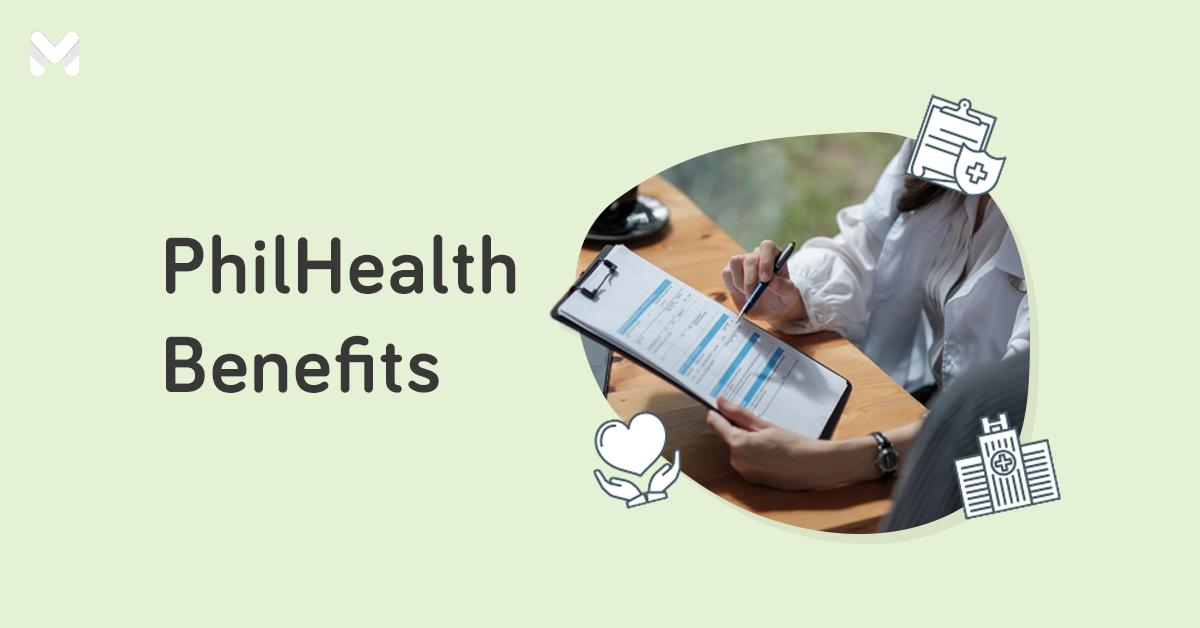It's tough to suffer from a lasting disability due to an injury or illness. Aside from physical limitations, you can't come back to work and earn a living. If you or a loved one is caught in such a situation, know that you may get financial support by claiming a disability pension in the Philippines.
Qualified government employees are entitled to GSIS disability benefits, while war veterans receive a disability pension from the Philippine Veterans Affairs Office. Private workers may qualify for disability benefits from the Social Security System (SSS).
Planning to apply for a disability pension from SSS? Read on to understand this lesser-known yet useful SSS benefit.
What is SSS Disability Benefit?

SSS provides a cash benefit to members with a total or partial permanent disability. The benefit is paid either as a monthly disability pension or a one-time lump sum benefit, depending on a member's number of monthly SSS contribution payments.
Types of Cash Benefits for Disabled SSS Members
- Monthly disability pension - For members who have paid a minimum of 36 monthly SSS contributions before the semester of disability
- Lump-sum payment - For members who have paid less than 36 monthly contributions before the semester of disability and those whose approved disability period is payable for less than a year
Other SSS Disability Benefits
In addition to the monthly pension, a disability pensioner can receive the following benefits:
- PHP 500 monthly supplemental allowance
- PHP 1,150 additional benefit (granted by Executive Order 54[1] effective January 2017)
- 13th-month pension paid every December
- PhilHealth hospitalization benefits for the ff:
- SSS members who became total disability pensioners and their dependents before RA 7875 took effect on March 4, 1995
- SSS members who became total disability pensioners and their dependents after RA 7875 took effect on March 4, 1995, are at least 60 years old and have paid 120 monthly Medicare contributions
Who Can Get a Disability Pension from SSS?

Permanently Disabled SSS Members
An SSS member with a partial or total permanent disability must have paid at least one-month SSS contribution before the semester of disability.
Partial Disabilities That Qualify for a Pension
SSS defines partial disability as a complete and permanent loss of a certain body part. The condition doesn't totally prevent a person from doing his or her job. Partial disabilities that qualify for SSS benefits include the loss of any of these parts and senses:
- One finger
- One-hand
- One arm
- One foot
- One leg
- Both ears
- Hearing of one ear or both ears
- The sight of one eye
Total Disabilities That Qualify for a Pension
- Complete loss of sight of both eyes
- Loss of two limbs at or above the wrists or ankles
- Permanent complete paralysis of two limbs
- Brain injury that leads to incurable imbecility or insanity
- Other cases of total disability approved by the SSS
Who Can Receive a Lifetime Monthly Disability Pension?
Only SSS members who are totally and permanently disabled are entitled to a monthly disability pension for life. However, SSS stops paying the pension in the following cases:
- Recovery from total permanent disability
- Resumption of employment
- Failure to report for the annual physical examination when notified by the SSS
Dependents of SSS Disability Pensioners
Up to five of a disability pensioner's children below age 21 (conceived on or before disability) may receive PHP 250 or 10% of the SSS member's monthly pension, whichever is higher.
When a pensioner dies, his or her primary beneficiaries will get the full monthly disability pension except for the supplemental allowance.
How Much is the SSS Disability Pension?

How much you'll receive in monthly pension will depend on your SSS membership years and the number of contributions you've paid before the semester of disability.
| Credited Years of Service | Minimum Monthly Disability Pension |
| Less than 10 years | PHP 1,000 |
| At least 10 years | PHP 1,200 |
| At least 20 years | PHP 2,400 |
SSS Disability Pension Computation
A qualified disability pensioner with 10 credited years of service receives the following SSS benefits per month:
- Disability pension: PHP 1,200
- Supplemental allowance: PHP 500
- Additional disability benefit: PHP 1,150
Total monthly SSS disability benefits: PHP 1,200 + PHP 500 + PHP 1,150 = PHP 2,850
SSS Lump Sum Disability Benefit Computation
SSS uses different formulas for computing the lump sum amount for totally and partially disabled members:
Total Disability Benefit:
Whichever of these formulas results in a higher amount:
- Monthly disability pension x Number of SSS monthly contribution payments
- Monthly pension x 12
Partial Disability Benefit:
Whichever of these formulas results in a higher amount:
- Monthly disability pension x Number of SSS monthly contribution payments x Percentage of disability in relation to the whole body
- Monthly pension x 12 x Percentage of disability
Let's say a partially disabled SSS member wants to claim his lump sum benefit. If he has 10 credited years of service, 40% disability (as determined by the SSS), and 30 paid monthly contributions, here's the lump sum amount computation:
- PHP 1,200 (monthly pension) x 30 (monthly contributions) x 0.40 (40% disability) = PHP 14,400
- PHP 1,200 (monthly pension) x 12 x 0.40 (40% disability) = PHP 5,760
The higher amount from the two computations is PHP 14,400, which then becomes the lump sum benefit that the SSS member will receive.
How is the Disability Benefit Paid?
SSS pays its members' monthly disability pension and lump sum benefit through its 25 accredited banks in the Philippines, including the following:
- AUB
- China Bank
- DBP
- LANDBANK
- PNB
- PSBank
- RCBC
- Security Bank
- Union Bank
If you have an existing savings account with one of the SSS partner banks, you can use that to receive your monthly disability pension. Otherwise, you need to open an account with an accredited bank and present the Letter of Introduction (LOI) form issued by the SSS.
How to Apply for the SSS Disability Pension

SSS Disability Pension Requirements
To claim your disability benefits, submit these requirements at any SSS branch:
- Accomplished Disability Claim Application Form[2]
- SSS Medical Certificate Form[3] accomplished by your attending physician
- Member’s/Claimant’s Photo and Signature Card[4] (with 1 x 1 photo and fingerprints)
- Any of the following valid IDs:
- One valid primary ID (SSS ID, UMID card, passport, PRC card, or Seaman's Book)
- Two valid secondary IDs (driver's license, postal ID, company ID, TIN card, PhilHealth ID, senior citizen ID, etc.)
- One valid secondary ID and one secondary document (NBI Clearance, Police Clearance, Pag-IBIG Member’s Data Form, Marriage Certificate, LTO-issued student permit, etc.)
- Certified true copy of supporting medical documents (X-ray results, laboratory and clinical test results, record of operation, hospital discharge summary, etc.)
- Photocopy of savings account ATM card or passbook, validated initial bank deposit slip, or Visa Cash Card Enrollment Form (Present the original ATM card or passbook for verification.)
SSS Disability Benefits Application Procedure
A supervising physician or medical specialist at the SSS branch will let you know if you should submit additional medical records to support your claim. The doctor will also conduct a physical examination and explain the details of the SSS disability benefit.
You can assign a representative to file a disability claim on your behalf if you can't do it personally. For SSS members in the Philippines, a sketch of the residence or hospital of confinement is required. If you're based abroad, SSS will need your physical examination report signed by your attending physician.
Usually, SSS takes one to two months to process a disability claim. Once SSS approves your claim, you'll receive a notice about the actual disability pension amount and when you can withdraw it from the bank.
Final Thoughts
For more information about disability benefits, refer to this guide from the SSS. You may also contact SSS through email (member_relations@sss.gov.ph) or phone (920-6446 to 55 or 917-7777).
Sources:











